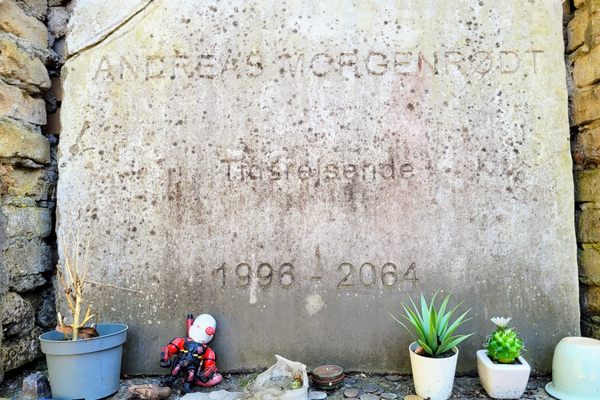About
Just to the north of Route 6E in Provincetown rests the town's smallpox cemetery, known also as "Pest House Cemetery" and "No Names Cemetery." Built in the mid-1800s in response to the spreading epidemic, the historic hallowed grounds are now being lost to the wilderness.
The smallpox cemetery consists of 14 small numbered markers and the depression left from the now demolished "Pest House." Back in the 1800s, pestilence houses, or Pest Houses, were known as small treatment buildings for those plagued with smallpox. At this particular Pest House site, 14 people perished from the disease. The grave markers display no names, but the records are kept in the town's "Book of the Dead."
Built near Clapps Pond and at the bottom of a steep ravine in the scrub forest, the picturesque location tempers the terrible fate of the doomed occupants of the Pest House. Today the cemetery is being taken over by a grove of American Beech trees, and the shifting sands of Cape Cod.
Related Tags
Know Before You Go
The location for this cemetery is off of Route 6 in Provincetown, Massachusetts. You may park on the shoulder of Rte. 6. Turn left onto 6 from Shankpainter Road, and park on the right-hand shoulder under the street signs that ask you to leash your dog.
Follow the trail past the stone marker to the intersection. Turn right, and immediately take the small footpath to the right. Follow this over hill and dale for 5-10 minutes. When you see a steep hill leading to a grove of Beech trees, you have arrived. The final descent is very slippery, so be careful. Please, respect the dead and their history. Pictures are fine, but please do not leave signs of your presence, and respect the graves.
Published
August 23, 2018
Sources
- https://www.findagrave.com/cemetery/2212186/provincetown-smallpox-cemetery
- https://www.capecod.com/lifestyle/the-story-of-smallpox-in-provincetown/
- https://www.google.com/maps/place/Clapp's+%26+Duck+Ponds/@42.0523302,-70.1995239,274m/data=!3m1!1e3!4m13!1m7!3m6!1s0x89fca781a1e67659:0x20ca6ecee5275a21!2sShank+Painter+Rd,+Provincetown,+MA+02657!3b1!8m2!3d42.0514713!4d-70.1954765!3m4!1s0x89fca7870b225f21:0x748d55140494ca2d!8m2!3d42.0515472!4d-70.2019179

























